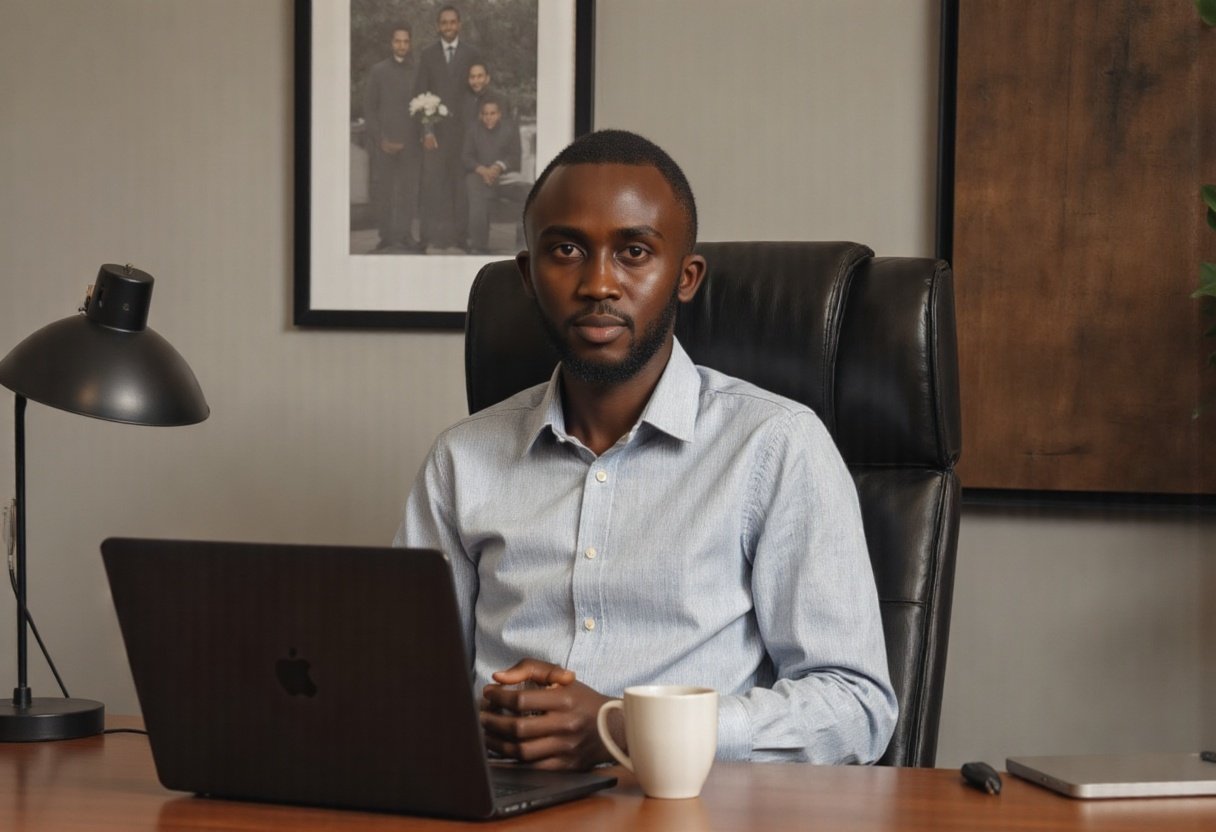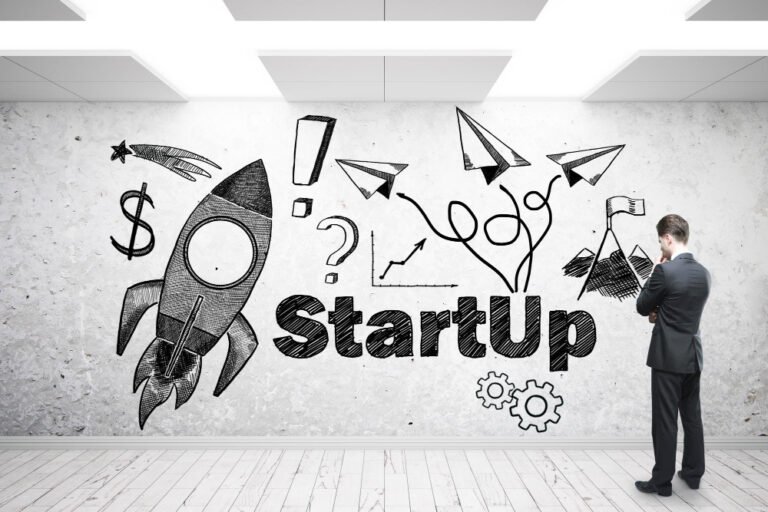My Steps in the Journey, My Story
This blog is adapted from an in-depth interview I had with Teagan Randall from Fio Media. It captures my reflections, challenges, decisions, and lessons from building my business and brand across Kenya and beyond. All shared in my own words.
From Rejection to Reinvention
When I graduated from university, I thought things would follow a straight path: degree, job, growth. But the reality was different. I applied for countless jobs and kept getting no responses. It wasn’t just disappointing—it was soul-crushing.
Eventually, I realized I needed to find an alternative. I couldn’t keep waiting. That’s when I started building something of my own.
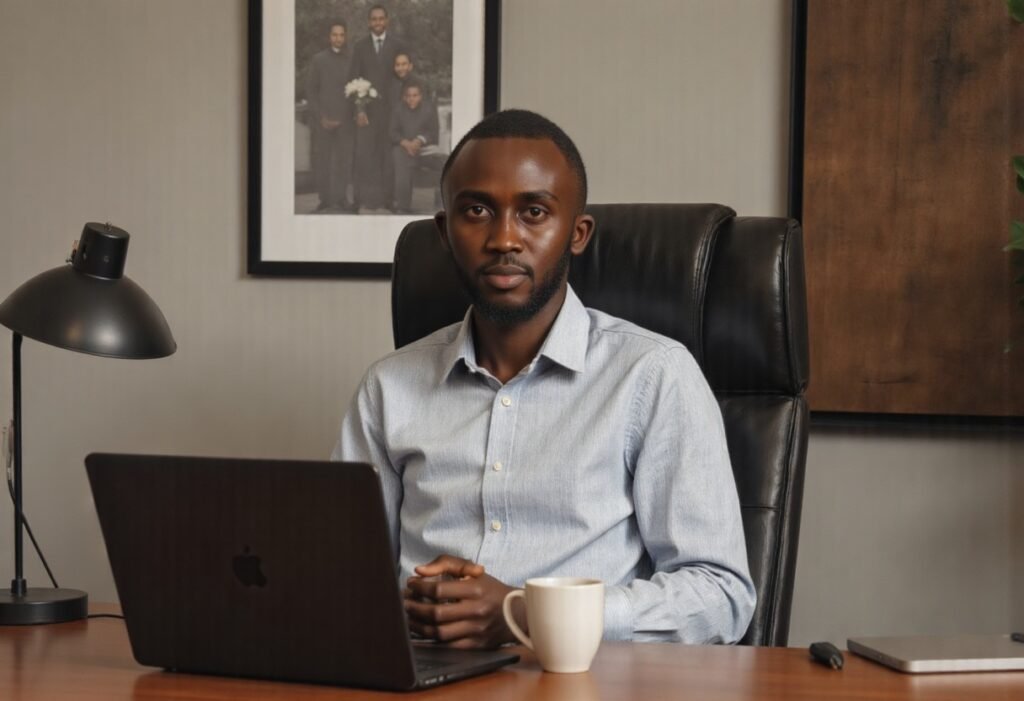
Early Seeds: A Father’s Influence
My love for tech didn’t come from school. It came from my father. As a kid, I watched him build websites and even hack local networks. I was fascinated. He didn’t teach me formally, but being around him opened my mind to what was possible with the internet.
Starting Tera Creations
I officially started Tera Creations back in 2017. At the time, I was still in school. Kenya was going through an election season, and there was high demand for graphic design—especially posters and flyers.
The problem was: people didn’t trust freelancers. They wanted to deal with an actual business. So I registered Tera Creations as a company. That changed everything. Suddenly, I wasn’t just Elvis; I was a business they could trust.
Back then, it wasn’t about vision or legacy. It was survival. I needed a way to make money and not depend on an economy that didn’t seem ready for me.
Evolving Through Listening
Tera Creations didn’t grow because I had a perfect plan. It grew because I listened. I started out doing graphic design, but soon I realized clients wanted more.
I once did infographics for InfoTrack, a top research firm. While working with them, I noticed a recurring complaint from clients: their websites were poorly managed. That feedback opened my eyes. I pivoted into web design.
And then, once we delivered websites, the next question was always: “How does this make me money?” That led me into digital marketing—SEO, content strategy, conversion optimization. Each service I added came from listening and observing real problems.
Entrepreneurship, to me, is about solving those problems.
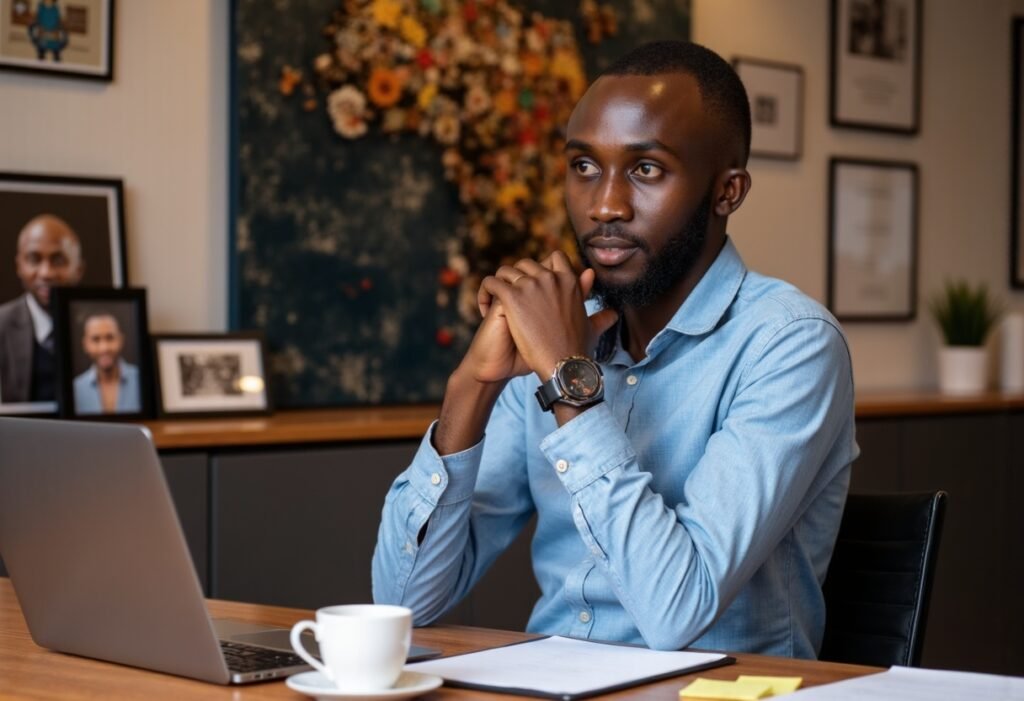
Stepping into Teaching
I got into coaching by accident. In 2022, I started posting on TikTok, hoping to attract clients. But instead of “Can I hire you?” the DMs I got were, “Can you teach me how to do what you do?”
So I recorded my first web design course and priced it at KES 7,500. I got 8 students in a week. That blew my mind. I realized there was a real hunger for skill-based learning in Kenya.
Later, I adjusted pricing to KES 3,000 to make it more accessible—understanding most people could only afford 10-20% of their income for education. That tweak took my weekly earnings from KES 50,000 to over KES 200,000. But even that had its limits. People wanted interaction, not just recorded videos.
So I started doing monthly webinars—8 to 12 live sessions a month—priced between KES 2,500 and KES 3,500. The response? Massive. People valued that personal, live experience.
My Content Strategy (That Isn’t a Strategy)
People always ask me, “What’s your content strategy?” I don’t really have one.
I just think in terms of plans. When you call something a strategy, it often stays theoretical. A plan is something you act on.
In January, I set a goal: grow my LinkedIn from 70,000 to 120,000 followers. I decided to post 6 to 8 times a day. No fancy strategy. Just value, shared consistently.
I read a lot, I listen to people, I learn from conversations. That’s where my content ideas come from. And if something can help someone else, I post it.

Managing It All Without Burning Out
I’m not as busy as people think. I just know how to manage my time and delegate well.
I only focus on 3 key tasks a day. I avoid multitasking. I have two VAs: one helps with Facebook, the other with emails. I batch all my meetings on Wednesdays so I can focus the rest of the week.
Discipline and simplicity are my tools. I also mute all app notifications. If it’s not urgent, it can wait.
How I Use AI (Without Drowning in It)
People assume I use 20+ AI tools. In reality, I use 3 daily:
- ChatGPT for ideation and copy
- Freepik AI Suite for images
- Descript for transcription and video work
If an AI tool doesn’t give me ROI, I don’t use it. It’s not about what’s trending—it’s about what works. ClickUp helps me manage client projects. AI has streamlined tasks that used to take hours.
My biggest aha moment in business? Realizing that software should solve problems, not create them.
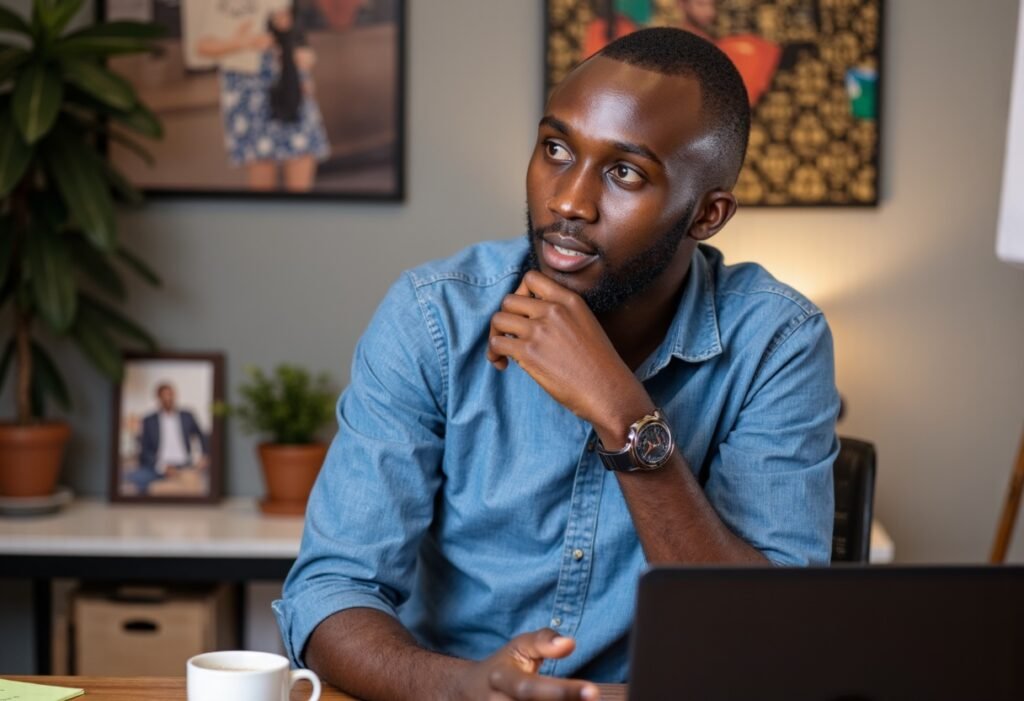
Advice for Entrepreneurs in Kenya
Don’t start with a product. Start with a problem.
Too many Kenyan startups try to solve first-world problems in a third-world context. That’s why they struggle.
Ask: Is this something my client needs? Does it solve a pain point? That’s where entrepreneurship begins. That’s how I sold 50 tickets for a Meta Ads Masterclass in one weekend.
If you want to build something sustainable, focus on the user. Solve one small part of their problem, and you’ll always have demand.
Final Words
This interview reminded me why I started. Not to chase trends, but to build something useful.
I’m grateful to Teagan Randall and Fio Media for giving me space to reflect, share, and document this journey.
And to anyone out there wondering if it’s too late to begin: it’s not. Your steps matter. Start where you are. You don’t need perfection. Just movement.
Let’s keep building.
— Elvis W.
Related Reads:
